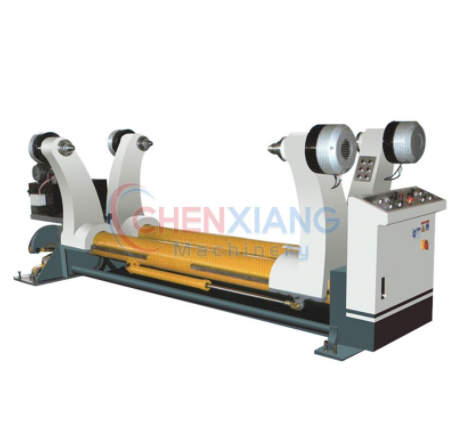What are the benefits of using a hydraulic mill roll stand?
In the realm of paper and cardboard manufacturing, hydraulic mill roll stands offer numerous advantages that contribute to improved productivity, enhanced efficiency, and consistent product quality. These robust machines play a crucial role in supporting and controlling the unwinding process during production. In this article, we will delve into the benefits of using hydraulic mill roll stands and highlight their impact on the paper processing industry.
Precise Roll Positioning:
One of the key advantages of hydraulic mill roll stands is their ability to provide precise roll positioning. The hydraulic system allows operators to adjust the position of the rolls with great accuracy, ensuring proper tension and alignment. This precise control is vital for maintaining consistent product quality, preventing web breaks, and minimizing downtime due to misalignment issues.
Efficient Roll Changes:
Hydraulic mill roll stands facilitate efficient roll changes, which are crucial for uninterrupted production. These machines often feature roll-loading rails or trolleys that make it easier to maneuver heavy rolls into position. The hydraulic systems assist in lifting and lowering the rolls, reducing manual effort and streamlining the roll change process. This efficiency translates into improved productivity and reduced downtime.
Enhanced Safety Features:
Safety is paramount in any industrial setting, and hydraulic mill roll stands are designed with safety features in mind. They often incorporate automatic brake systems that can be engaged to halt the rotation of the rolls, ensuring operator safety during roll changes or emergencies. Additionally, these machines adhere to industry standards and regulations, providing a secure working environment for operators.
Optimal Tension Control:
Maintaining the proper tension during the unwinding process is essential for consistent product quality. Hydraulic mill roll stands offer excellent tension control capabilities through their hydraulic systems. By adjusting the hydraulic pressure, operators can fine-tune the tension on the rolls, ensuring uniformity and preventing issues such as wrinkling or tearing of the paper or cardboard. This precise tension control contributes to high-quality end products.
Increased Production Efficiency:
With their ability to provide accurate roll positioning, streamlined roll changes, and optimal tension control, hydraulic mill roll stands significantly enhance production efficiency. By minimizing downtime due to misalignment or roll changes, these machines maximize uptime and throughput. The improved efficiency translates into higher productivity, reduced costs, and increased overall profitability for paper processing companies.
Versatility and Adaptability:
Hydraulic mill roll stands are known for their versatility and adaptability to different production requirements. They can accommodate various roll sizes, making them suitable for a wide range of applications in the paper and cardboard industry. Whether it's producing corrugated boxes, tissue paper, or other paper products, hydraulic mill roll stands can be tailored to meet specific manufacturing needs.
Integration with Production Lines:
Hydraulic mill roll stands can be seamlessly integrated into larger production lines, allowing for smooth material flow and synchronization with other equipment such as printers, slitters, or corrugators. This integration ensures a cohesive production process and enables efficient material handling, minimizing bottlenecks and optimizing overall operational efficiency.
Conclusion:
Hydraulic mill roll stands offer a multitude of benefits that positively impact the paper and cardboard manufacturing industry. From precise roll positioning and efficient roll changes to enhanced safety features and optimal tension control, these machines contribute to improved productivity, consistent product quality, and increased profitability. By investing in hydraulic mill roll stands, paper processing companies can streamline their operations, reduce downtime, and meet the growing demands of the market.


Comments